First LNG bunker delivery performed at new Pori terminal
Skangas bunkered the product tanker Ternsund at its LNG terminal in Finland.
Skangas, a subsidiary of Gasum Oy, has bunkered a ship for the first time directly from the liquefied natural gas (LNG) terminal in Pori, Finland.
In a statement, Skangas explained that the product tanker Ternsund had been "successfully bunkered with LNG in a quick and safe operation".
Skangas's recently launched LNG terminal in Finland supplies LNG to a gas connection pipeline and offers truck loading as well as terminal-to-ship bunkering operations. It is the only location in the Gulf of Bothnia where ships can bunker directly from a terminal.
The Ternsund is the first of four new LNG-fuelled vessels owned by Danish shipowner Terntank Rederi A/S and operated by Finnish company North European Oil Trade (NEOT). The 15,000-deadweight-tonne (dwt) vessel is the world's first LNG-fuelled newbuilding oil/chemical tanker.
Tor Morten Osmundsen, CEO at Skangas, commented: "The Skangas terminal in Pori was officially opened three weeks ago. This marks a milestone in our development of the Finnish market. Now we do yet another first when making the first bunkering directly from the terminal. I'm very proud to be able to offer customers like NEOT a bunkering service directly at the terminal."
"We're very satisfied that we now have the opportunity to bunker LNG in Finland right beside one of our terminals," remarked Satu Mattila, Chartering Manager at NEOT. "We will run Ternsund both along the Finnish and the Norwegian coast as well as in the Gothenburg area. It's advantageous for us that our LNG supplier can offer bunkering at several locations where we trade. This fits well with our trading pattern for the vessels Ternsund and Tern Sea."
Skangas is owned by Gasum (with a 51 percent shareholding) and Norway's Lyse Group (with a 49 percent stake). Gasum is 75 percent owned by the Finnish government, with Russia's Gazprom owning a 25 percent share in the business.
In a statement, Skangas explained that the product tanker Ternsund had been "successfully bunkered with LNG in a quick and safe operation".
Skangas's recently launched LNG terminal in Finland supplies LNG to a gas connection pipeline and offers truck loading as well as terminal-to-ship bunkering operations. It is the only location in the Gulf of Bothnia where ships can bunker directly from a terminal.
The Ternsund is the first of four new LNG-fuelled vessels owned by Danish shipowner Terntank Rederi A/S and operated by Finnish company North European Oil Trade (NEOT). The 15,000-deadweight-tonne (dwt) vessel is the world's first LNG-fuelled newbuilding oil/chemical tanker.
Tor Morten Osmundsen, CEO at Skangas, commented: "The Skangas terminal in Pori was officially opened three weeks ago. This marks a milestone in our development of the Finnish market. Now we do yet another first when making the first bunkering directly from the terminal. I'm very proud to be able to offer customers like NEOT a bunkering service directly at the terminal."
"We're very satisfied that we now have the opportunity to bunker LNG in Finland right beside one of our terminals," remarked Satu Mattila, Chartering Manager at NEOT. "We will run Ternsund both along the Finnish and the Norwegian coast as well as in the Gothenburg area. It's advantageous for us that our LNG supplier can offer bunkering at several locations where we trade. This fits well with our trading pattern for the vessels Ternsund and Tern Sea."
Skangas is owned by Gasum (with a 51 percent shareholding) and Norway's Lyse Group (with a 49 percent stake). Gasum is 75 percent owned by the Finnish government, with Russia's Gazprom owning a 25 percent share in the business.
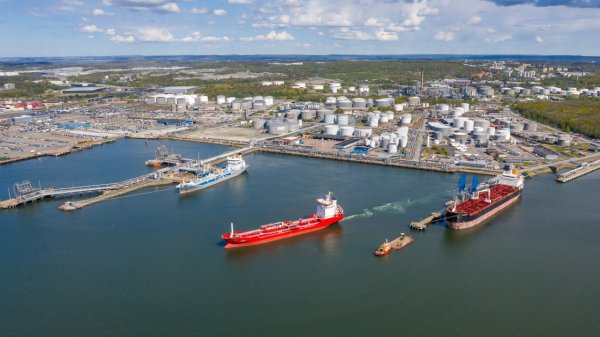
|
Swedish biomethane bunkered in Gothenburg
Test delivery performed by St1 and St1 Biokraft, who aim to become large-scale suppliers. |
|
|
|
||
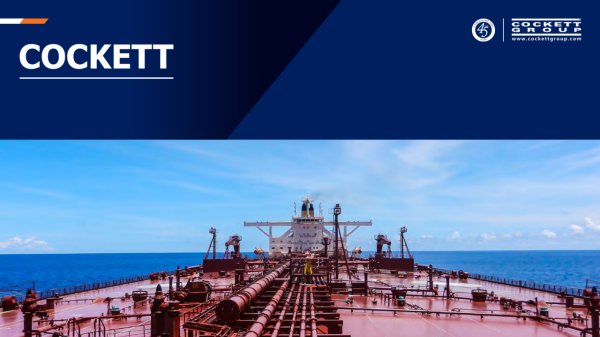
|
Cockett to be closed down after 45 years
End of an era as shareholders make decision based on 'non-core nature' of Cockett's business. |
|
|
|
||
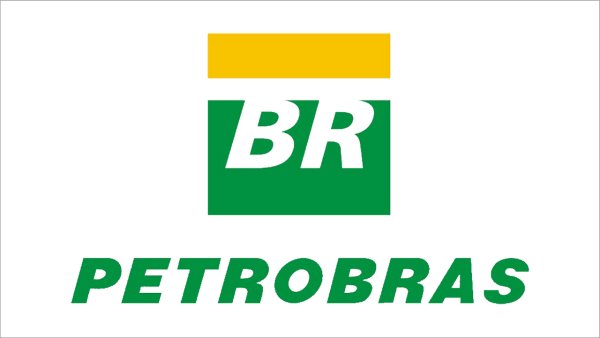
|
Petrobras confirms prompt availability of VLS B24 at Rio Grande
Lead time for barge deliveries currently five days. |
|
|
|
||
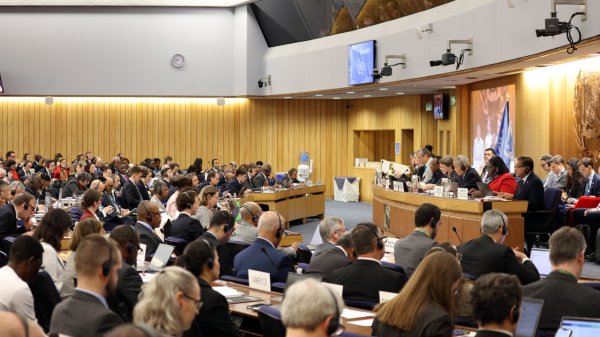
|
IMO approves pricing mechanism based on GHG intensity thresholds
Charges to be levied on ships that do not meet yearly GHG fuel intensity reduction targets. |
|
|
|
||

|
VARO Energy expands renewable portfolio with Preem acquisition
All-cash transaction expected to complete in the latter half of 2025. |
|
|
|
||

|
NYK trials biofuel in milestone coal carrier test
Vessel is used to test biofuel for domestic utility company. |
|
|
|
||
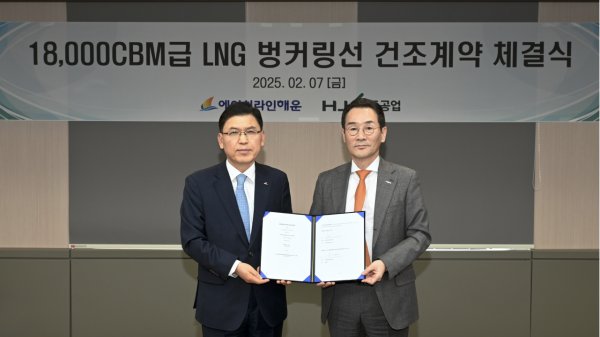
|
H-Line Shipping orders LNG bunkering vessel
Vessel with 18,000-cbm capacity to run on both LNG and MDO. |
|
|
|
||

|
How to engineer and manage green shipping fuels | Stanley George, VPS
Effective management strategies and insights for evolving fuel use. |
|
|
|
||

|
Swedish government bans scrubber wastewater discharges
Discharges from open-loop scrubbers to be prohibited in Swedish waters from July 2025. |
|
|
|
||
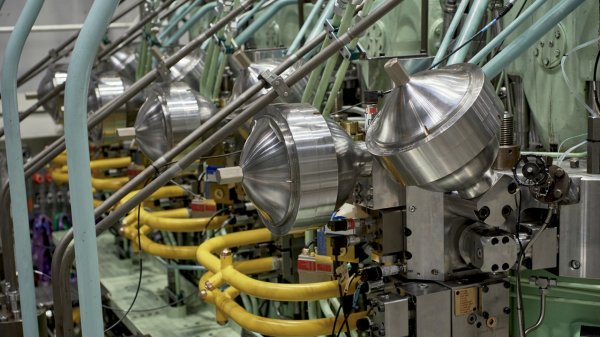
|
MAN Energy Solutions achieves 100% load milestone for ammonia engine
Latest tests validate fuel injection system throughout the entire load curve. |
|
|
|
||
Related Links
- · Bureau Veritas supports ship-to-ship LNG bunkering milestone [Insights]
- · Gasum and Wartsila in LNG collaboration [Insights]
- · Skangas bunkers world's first LNG-powered cement tanker [Insights]
- · LNG-fuelled product tanker classed by Bureau Veritas [Insights]
- · Rotterdam supplies first seagoing vessel with LNG [Insights]
- · Finland [Directory]
- · Pori [Directory]

